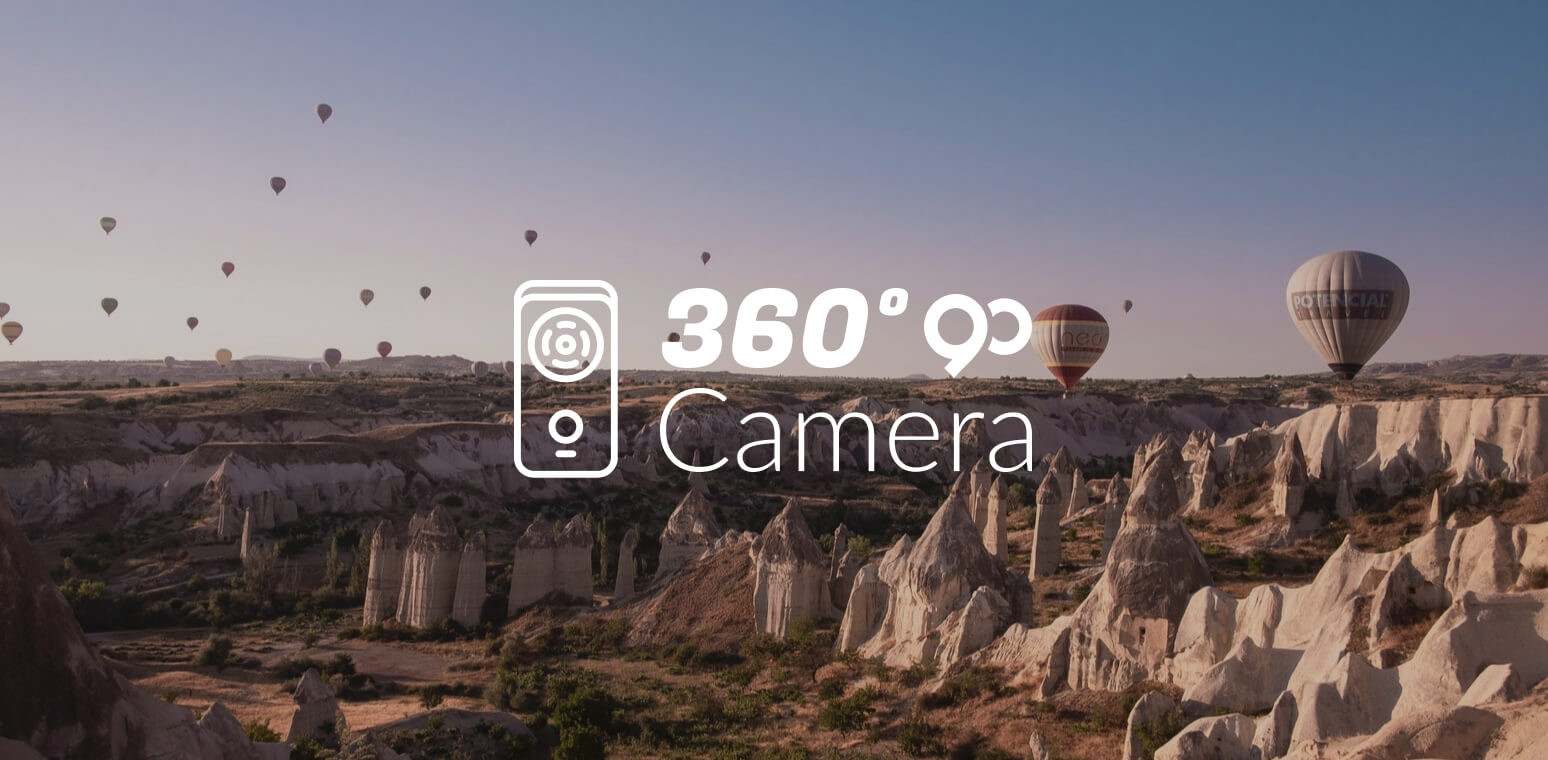Hi,
Get in touch with us today to chat about your next project.

A 360 camera, also known as an omnidirectional camera, has a 360-degree field of view so that it captures just about everything around the sphere.
360 cameras are needed when large visual fields need to be covered, such as shooting panoramas.
As virtual and augmented reality (AR/VR) is rising in prevalence in video games and other forms of interactive entertainment, 360 cameras are being used more widely today.
VR feature films that require 360 cameras are currently being explored while still photography and robotics have been utilizing 360 cameras as well.
Monoscopic videos and feeds are flat renderings captured by spherical 360 cameras. The viewer or user can move around the space captured but has no depth perception. This is the most common type of 360 media.
Mapping is the most popular applications for monoscopic video, such as Google Street View. As more affordable models of 360 cameras emerge on the market, monoscopic video is also being used in a variety of apps.
Real estate, dating, and image filtering apps among others are utilizing 360 camera feeds to both take advantage and have fun with the environmental aspects of the feed.
Widely used in VR applications, stereoscopic video builds upon monoscopic images by creating 3D renderings of each shot using a separate input for each eye.
Subsequently, stereoscopic video usually needs to be shot using two lenses so there is one for each field of vision in order for the final product to be viewed through a VR headset.
The 3D aspects are what lends depth perception to stereoscopic feeds and makes VR feel so lifelike.
With the advent of smartphone-based VR headsets, sports and events rights holders are using 360 cameras to bring live games and concerts right to sports and music fans who are unable to attend the event in person.
Multiple cameras are placed around the arena or venue and are capable of showing the viewer closer shots than a Jumbotron is capable of.
360 cameras filming both monoscopic and stereoscopic video can be used to create customized VR experiences for any number of applications from recreation to marketing.
Because VR content creators want to provide as much realistic content as possible, some 360 cameras can be used underwater for up to 30-60 minutes for both educational and entertainment purposes.